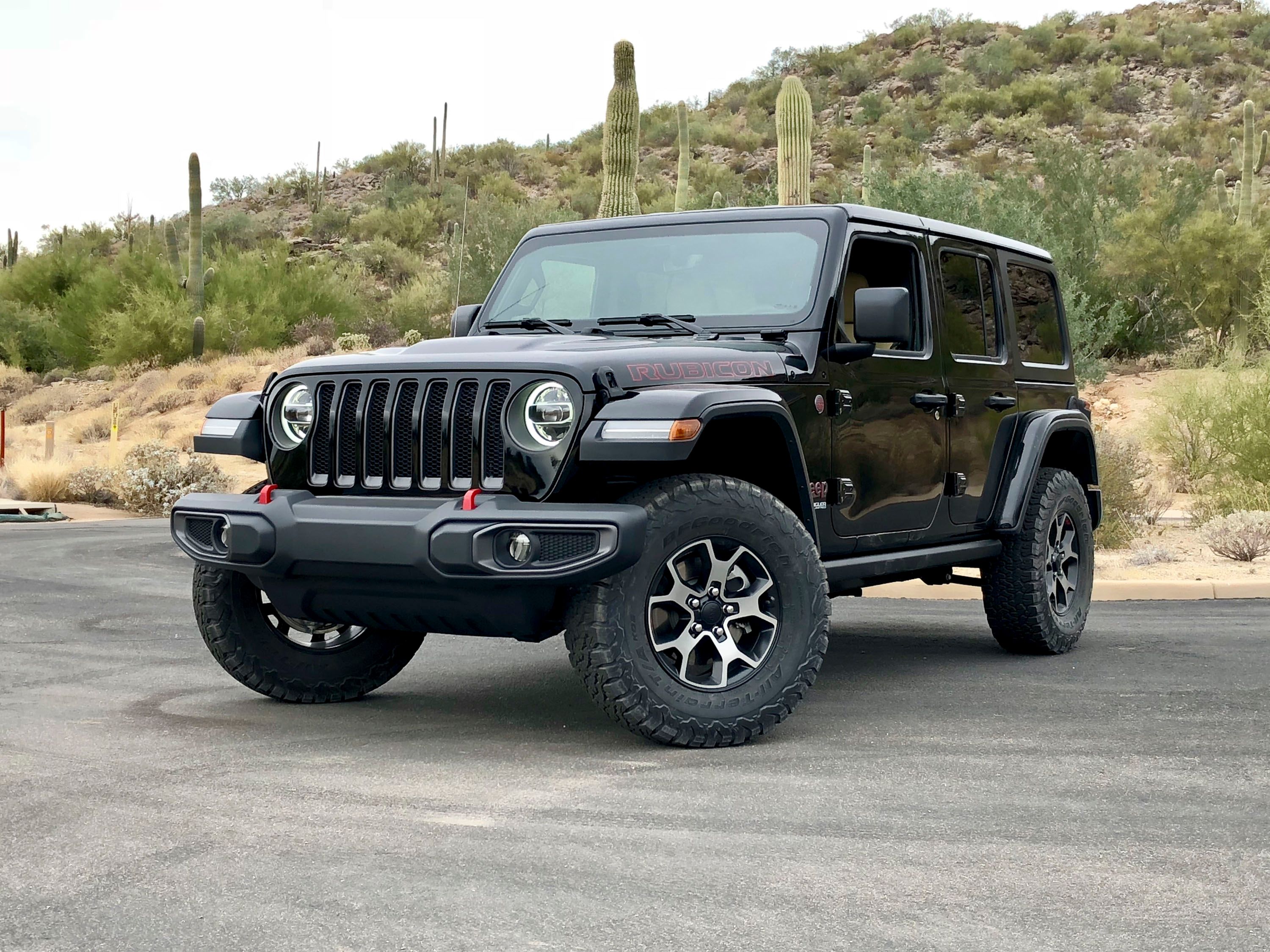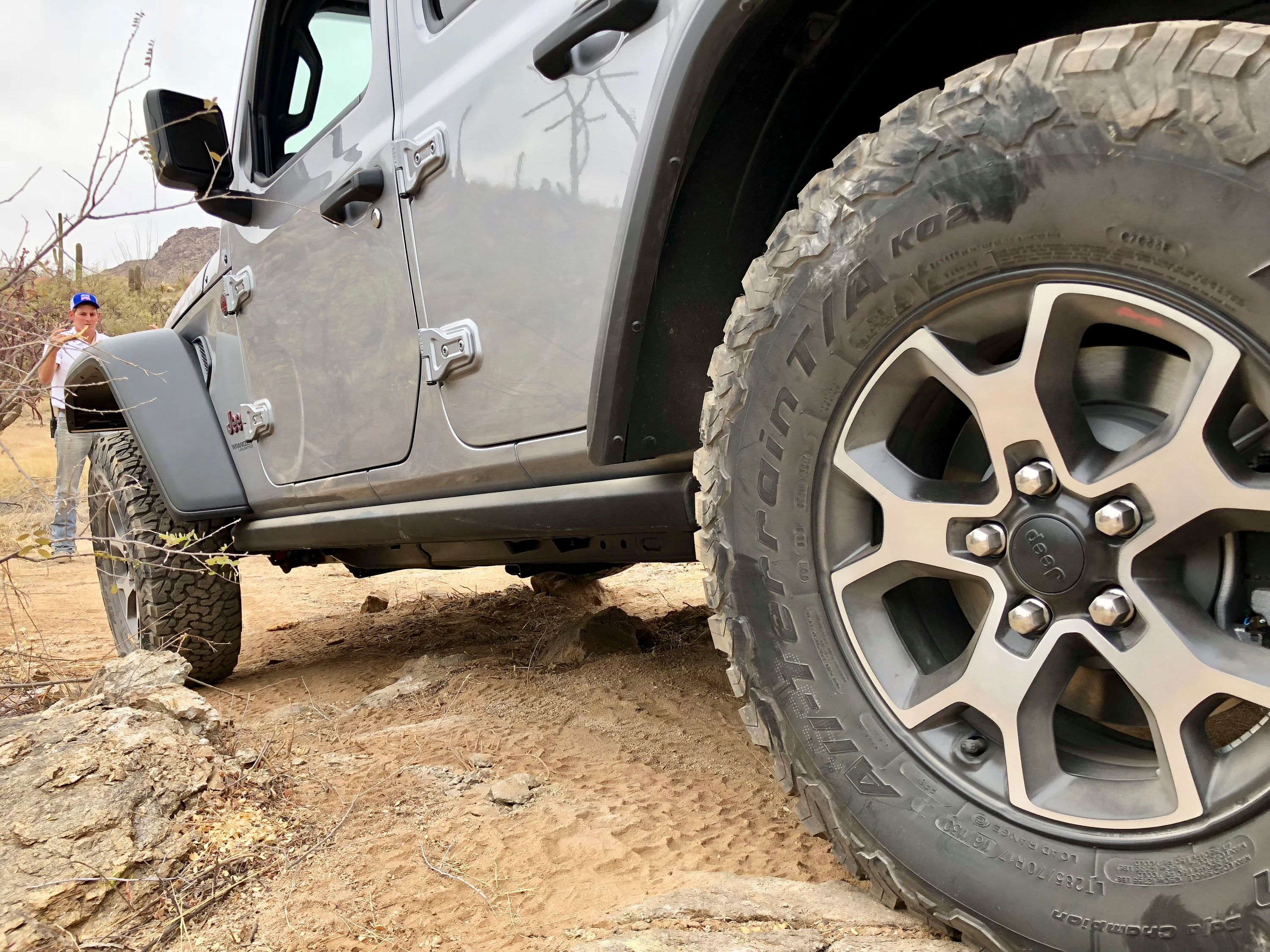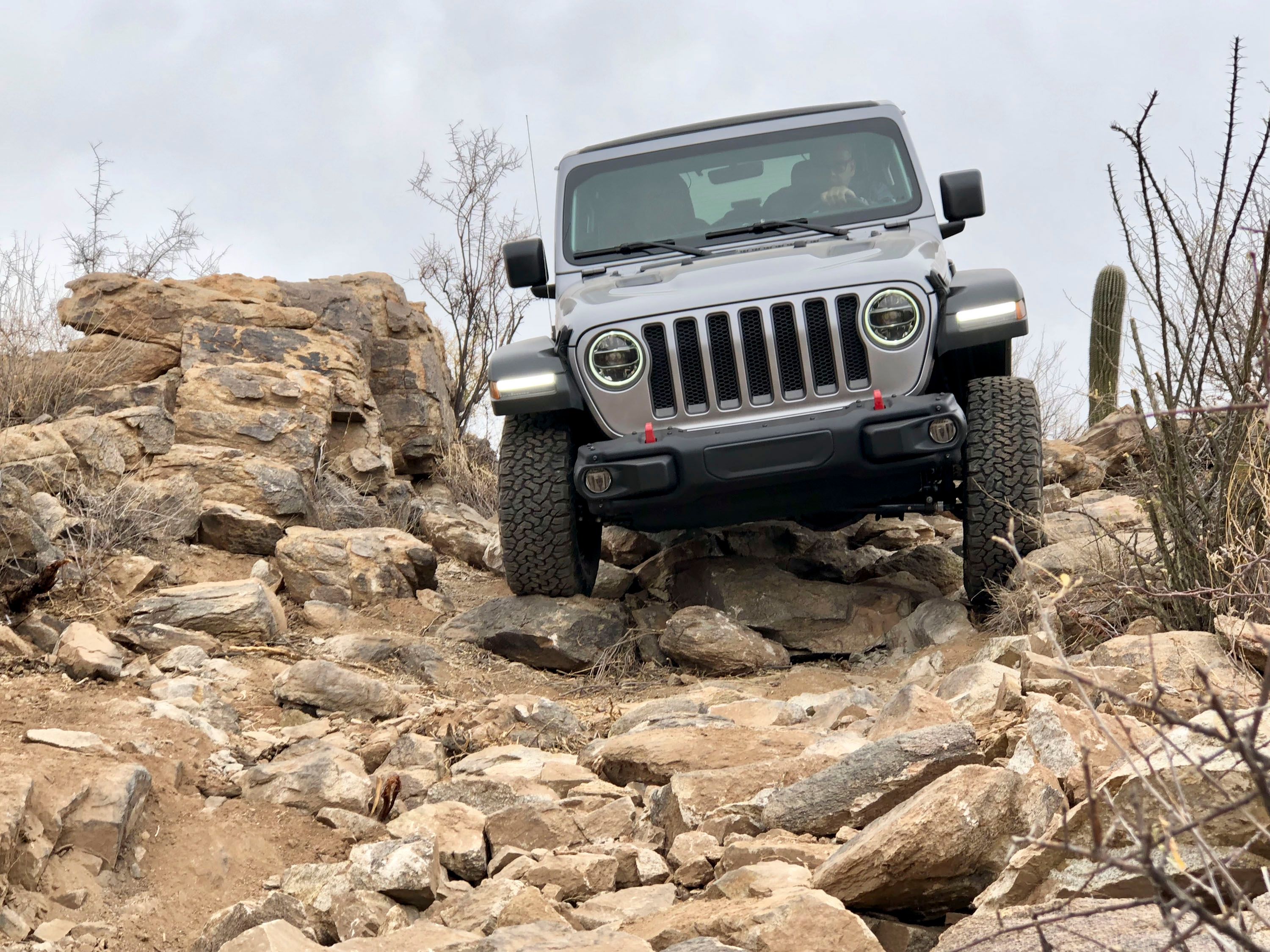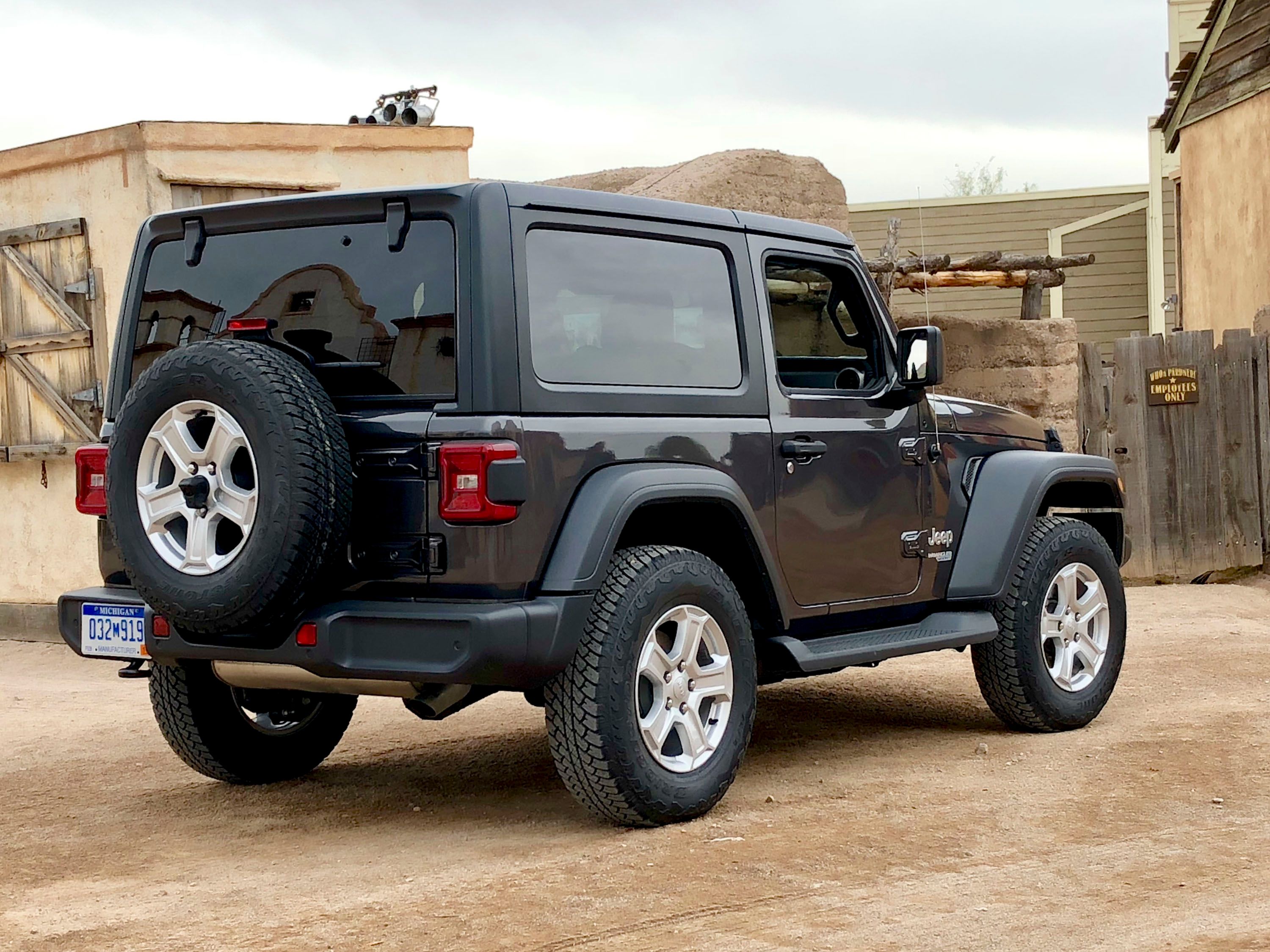Jeep has named all its products like they have got to do something with survival, or living through the hard, tough life by overcoming the oddities of nature; be it the Gladiator, or the Renegade, or any other product, for that matter.
And, from the looks of it, the automaker is living through a similar ordeal in the real world. The pain in its ass is the big watchdog called the National Highway Traffic Safety Administration. The NHTSA is investigating the Jeep Wrangler this time for poorly welded frames that could affect the structural integrity of the SUV in the long run. In fact, this is not the first time this issue has come to light as it falls in line with another complaint on a similar trajectory from last year. Can Jeep catch a break?
A Job Not ‘Weld-Done’
Back then, the ODI needed to evaluate the car further to see if the issue warranted an investigation moving forward. Finally, ODI granted the plea this month. The agency had sent an Information Request to Jeep’s parent group, FCA. The automaker is cooperating with the NHTSA, but the documents it shared do not present a clear picture of it causing any issues to the structural rigidity. This is a huge issue because it involves 270,000 examples of the off-roader manufactured between 2018 and 2019.
This Can Get Mighty Scary When Driving Fast On Highways
This is also linked to the ‘death wobble’ issue that came to light in the same timeline. As Extreme Terrain puts it, death wobble is a sudden steering wheel vibration while driving that's so severe it "feels like your Wrangler is literally shaking itself apart."
Typically, the wobble occurs when a vehicle with worn-out front suspension components hits inconsistencies in the road at highway speeds and can sometimes only be stopped by bringing the vehicle to a halt.
Jeep Would Better Change The Off-Roader’s Name To Wobbler If It Can’t Fix The Issue
The death wobble, like many other issues, is not new to the Wrangler. This has been consistent with the off-roader since 1995. According to an article from Autoguide seven years back, over 600 complaints were filed with the NHTSA against the Wrangler.
Injuries Have Haunted The Wrangler Since Forever, And Now Even The Gladiator Goes Through The Same Ordeal
The Wrangler has been a victim of weld issues in the past as well. A year back, Jeep recalled 18,055 examples of the Wrangler for a separate welding problem that caused brackets attaching the front track bar to separate - that made steering the off-roader a lot more difficult. The front track bar is a critical component that links the front axle to the body.
Subsequently, Jeep put out a recall statement that read like this:
"Certain 2020 MY Jeep Gladiator vehicles built from December 15, 2018, through June 25, 2019, may have a rear driveshaft that was assembled without grease in the monoblock joint portion of the driveshaft. The suspect population was determined by reviewing the supplier's driveshaft production records from the beginning of production of this driveshaft to identify which driveshafts may have been assembled without grease."
This caused a stop-sale directive on the Gladiator. However, the automaker will change the rear driveshafts on the 3,427 affected examples of the revived truck free of cost. However, both these issues are not included in the latest ongoing investigation.
Speaking of the current-gen Jeep Wrangler, it comes with a 3.6-liter, V-6 engine that develops 285 ponies and 260 pound-feet of twist under the hood. This is the same mill that is present under the hood of the Jeep Gladiator. Power is sent to all the wheels via a six-speed manual gearbox. An eight-speed automatic transmission is optional. Jeep offers a 2.0-liter, four-cylinder, turbocharged mill as an option on most models. In the Sahara trim, you can have it with the e-Torque assist system as well.
Final Thoughts
Given the nature of the Wrangler, these complaints could prove a big hit on sales numbers. Such issues invoke a sense of fear amongst potential customers and it could affect the brand as a whole as well.
If you happen to be a hardcore Wrangler fan and are in the market for one right now, would you purchase it amidst such news? Share your thoughts with us in the comments section below.
Further Reading
Read our full review on the 2018 Jeep Wrangler.
Driving the 2018 Jeep Wrangler JL
Read our full review on the 2020 Jeep Gladiator.




